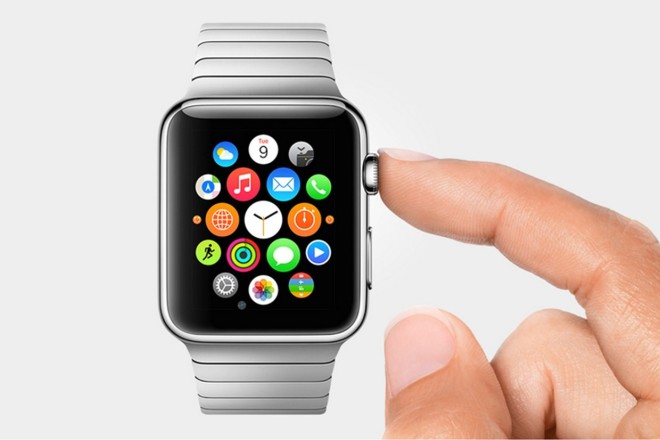From smartwatches and tracking devices to clip-on fitness monitors and GPS-enabled smartphones, there are more ways to track your fitness – and your health – than ever before. It is truly the information age, and this information is being used increasingly by consumers and healthcare professionals alike to aid in whole body health.
Perhaps most strikingly, this revolution in wearable technology seems to have taken root without anyone taking notice. Not too long ago, the only piece of wearable tech that could aid in a person’s morning jog was his or her watch. Suffice to say, that is no longer the case. Now individuals can monitor their run down to the meter, and track their caloric burn and heart rate while they’re at it.
Wearable technology, whether it be off-the-shelf or designed specifically for the healthcare industry, can have a tremendously positive impact on people’s well-being. In fact, when one looks at consumer habits and the influx of wearable devices in healthcare environments, it’s evident just how positive an impact these devices are having on patients, doctors, and nurses alike.
-
Wearable Tech for the Fitness Nut
When one thinks “wearable tech” and “healthcare,” GPS trackers, pedometers, and fitness monitors such as the Fitbit and Nike+ Fuelband likely come to mind. But today’s smartwatches and tracking devices offer so much more than basic step counts. From aiding in fitness strategy and goal keeping to helping monitor calorie burn, heart rate, elevation change, and more, today’s wearable devices provide fitness nuts with all of the information they need to keep track of their routines, adjust accordingly to meet specific healthcare goals, and ultimately, live healthier lives.
Perhaps best of all, these wearable devices fit in seamlessly with our daily routines. They’re inconspicuous and comfortable to wear, for one. And by syncing with tablets and computers, these devices make it easy not only to record important data, but also to parse through it and share with others. Data that was being recorded on a smartwatch or tracking device one minute will be visible on a desktop monitor the next, and shared via social feeds the minute after that. This accessibility and visibility of information helps incentivize people to act – and acting leads to improved health.
-
Wearable Tech in the Medical Lab
Of course, as promising as wearable tech is for fitness, the real breakthrough could be in healthcare. And that is because the promise of wearable tech in the healthcare industry is nearly limitless. Think of the potential applications for wearable devices; they can monitor vital signs while patients are away from the doctors’ office or send out alerts to emergency aid workers should someone suffer a heart attack or fall over. Thanks to wireless connectivity and advanced mobile processors, today’s wearable devices – from smartwatches to smartphones – are more capable than ever before.
Wearable devices are already a part of the healthcare landscape, of course. From the latest monitoring systems, such as the Proteus Discover and HealthPatch MD, to traditional heart rate and blood pressure monitors, wearable devices provide innumerable benefits. In a doctor’s absence, wearable tech can essentially serve as an accurate and effective self-diagnosis tool. It can alert individuals to the need for care and provide them with information necessary to make informed decisions regarding their health. In essence, these devices serve as mini, on-the-go medical labs.
-
The Future of Wearable Tech
To truly maximize the potential of smartwatches and tracking devices, these wearable components will eventually need to communicate not just with the “patient,” but with his or her healthcare providers as well. Today’s fitness devices are incredibly capable and provide a wealth of information, but ultimately, this information is being parsed by the lay person. What if this info was available to doctors, too?
If wearable devices can be made to monitor vital signs – and not simply signs related to a particular physical activity – and this information could be tied into a patient’s medical record, it could open up new possibilities for diagnosis and treatment. Imagine a doctor having access not just to your last medical checkup, but your daily physical and bio activity as well. Think of the possibilities. Is this the future of wearable tech? It may be too soon to say, but we certainly hope so.




